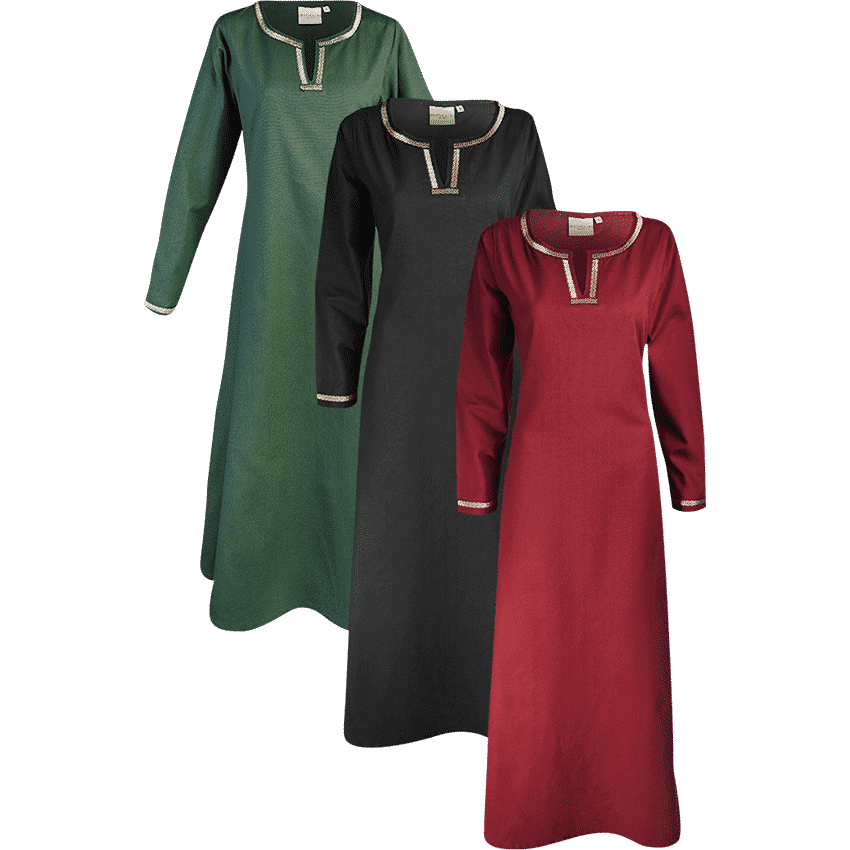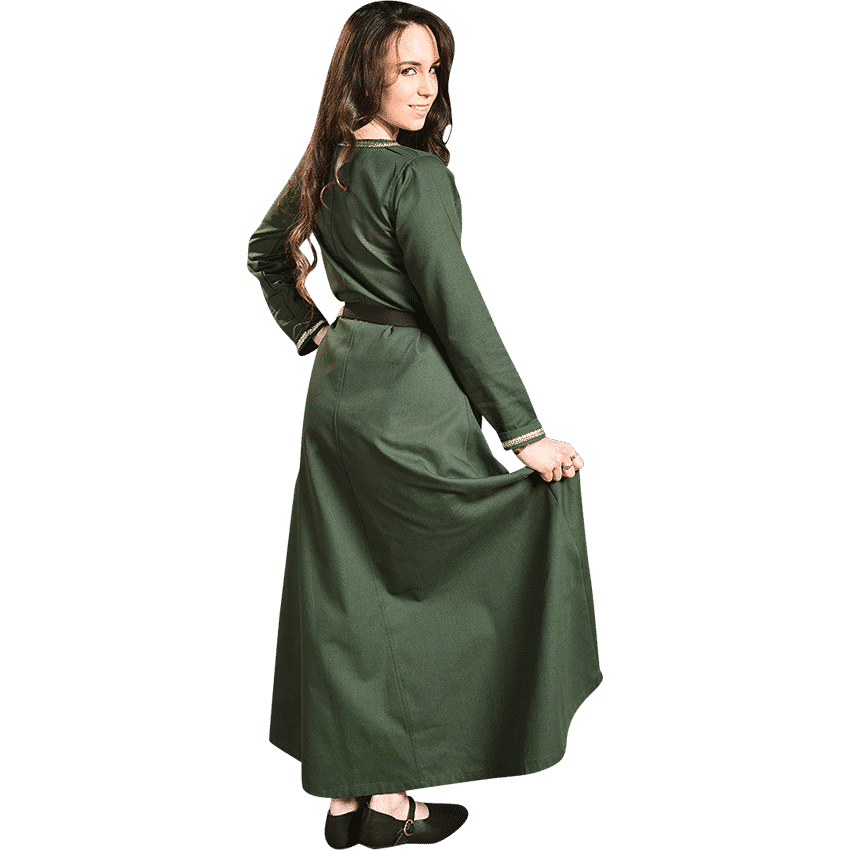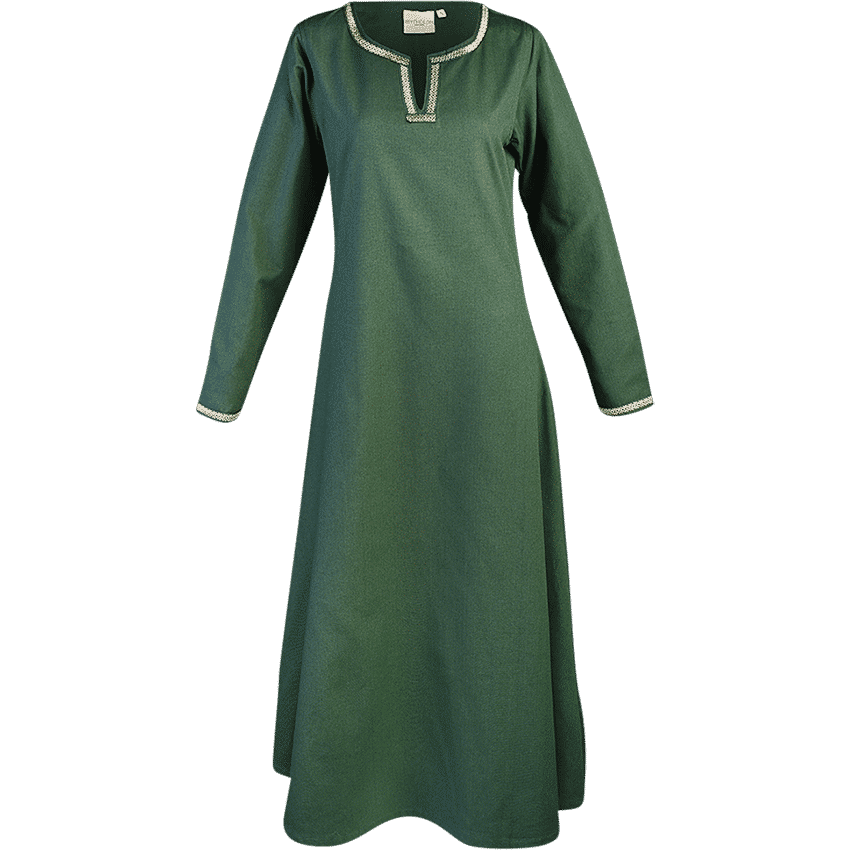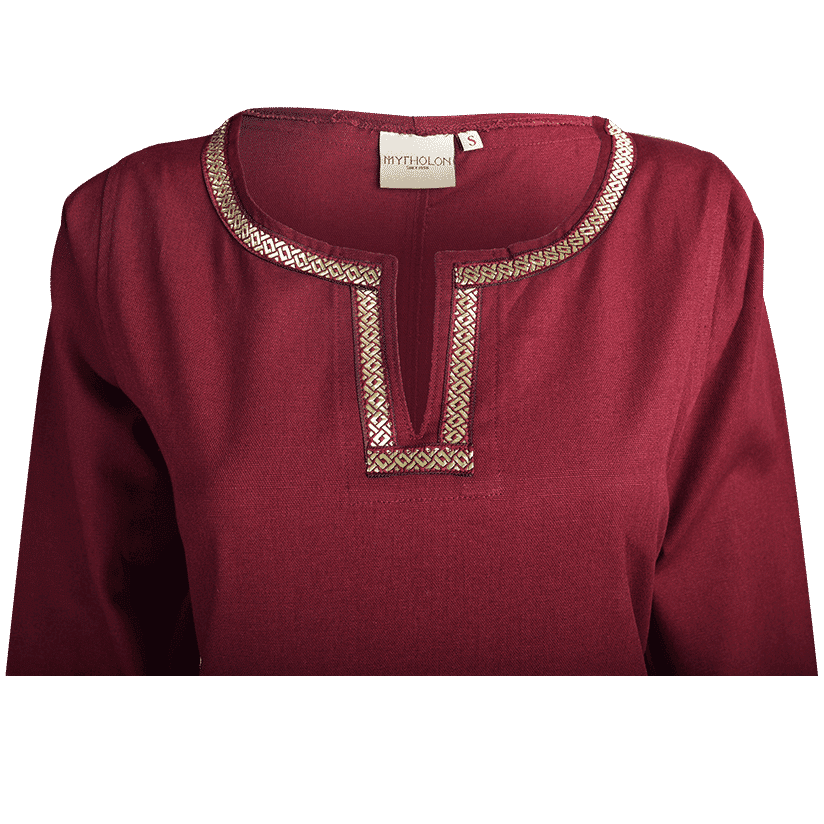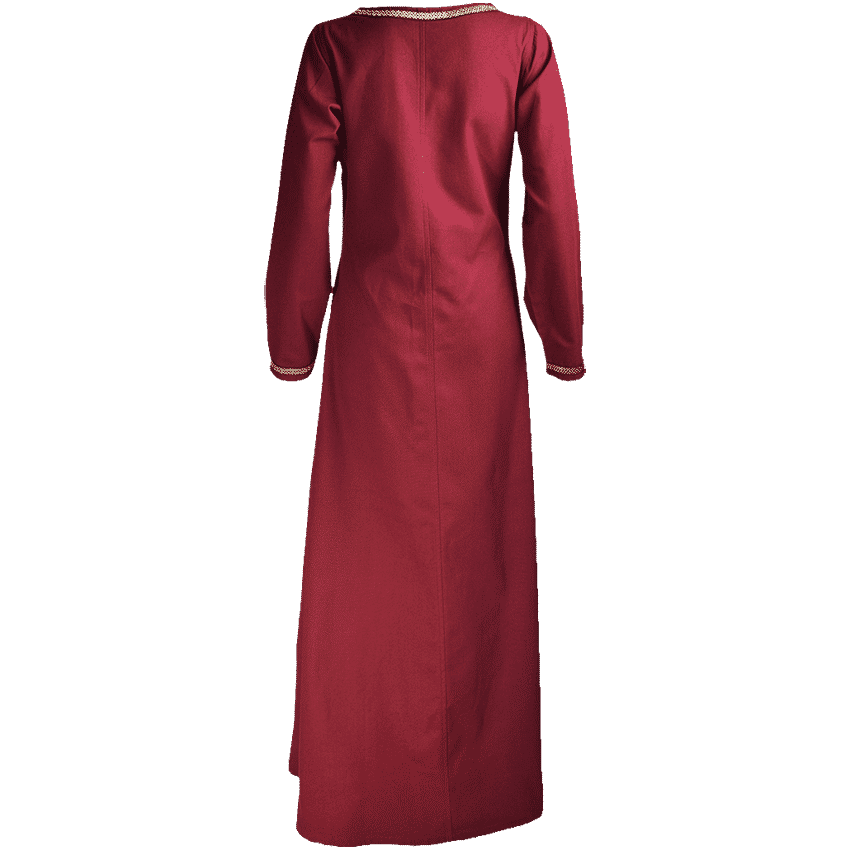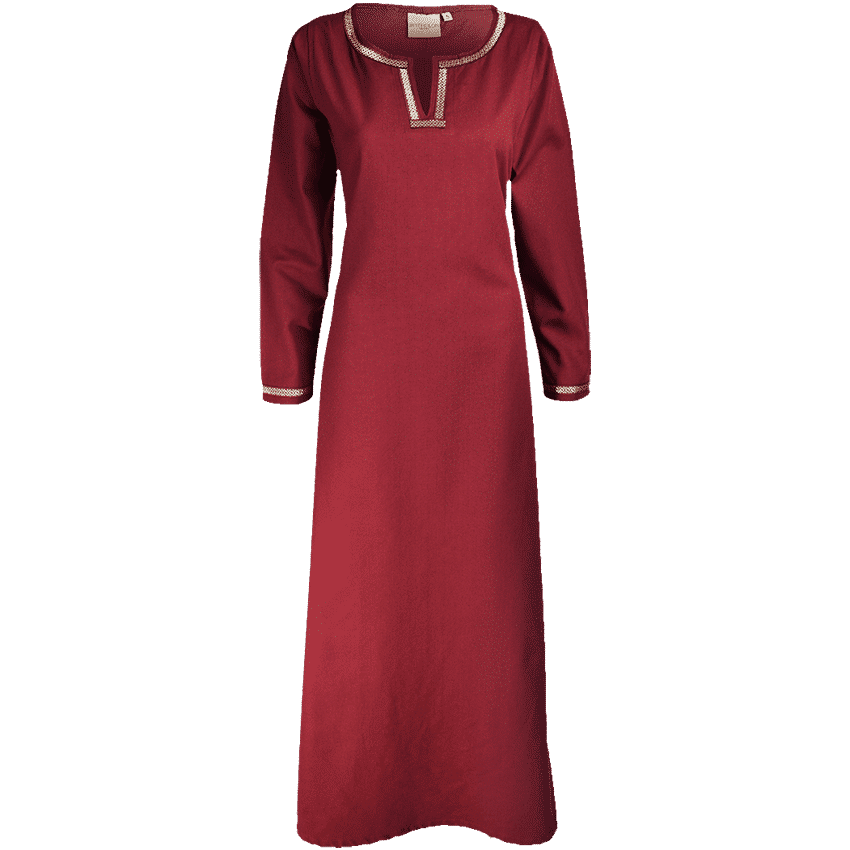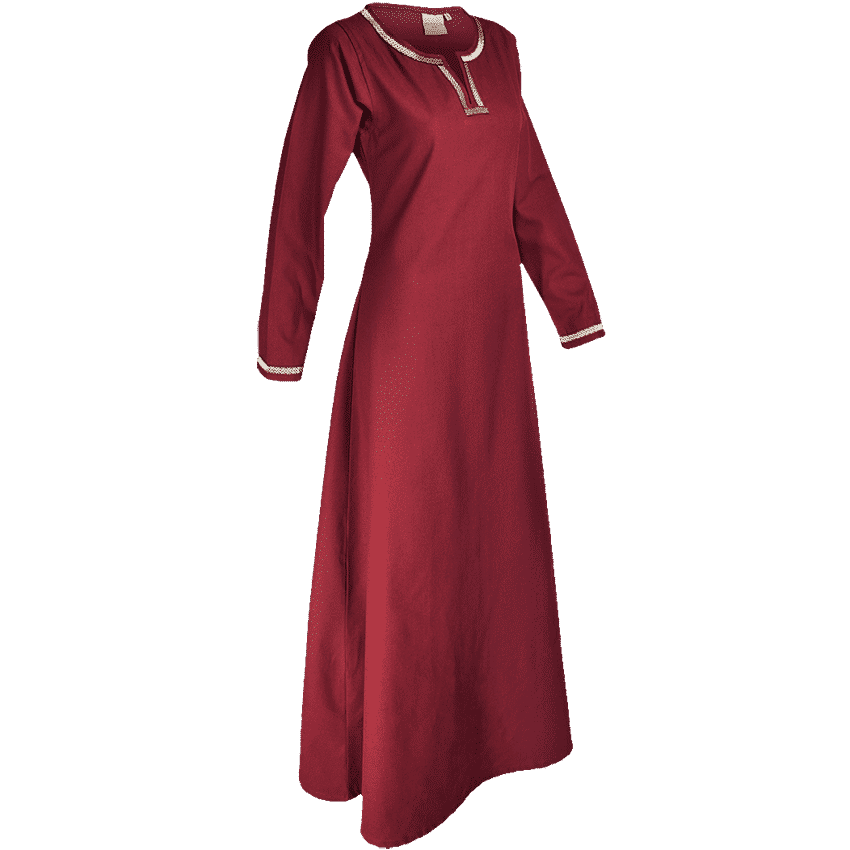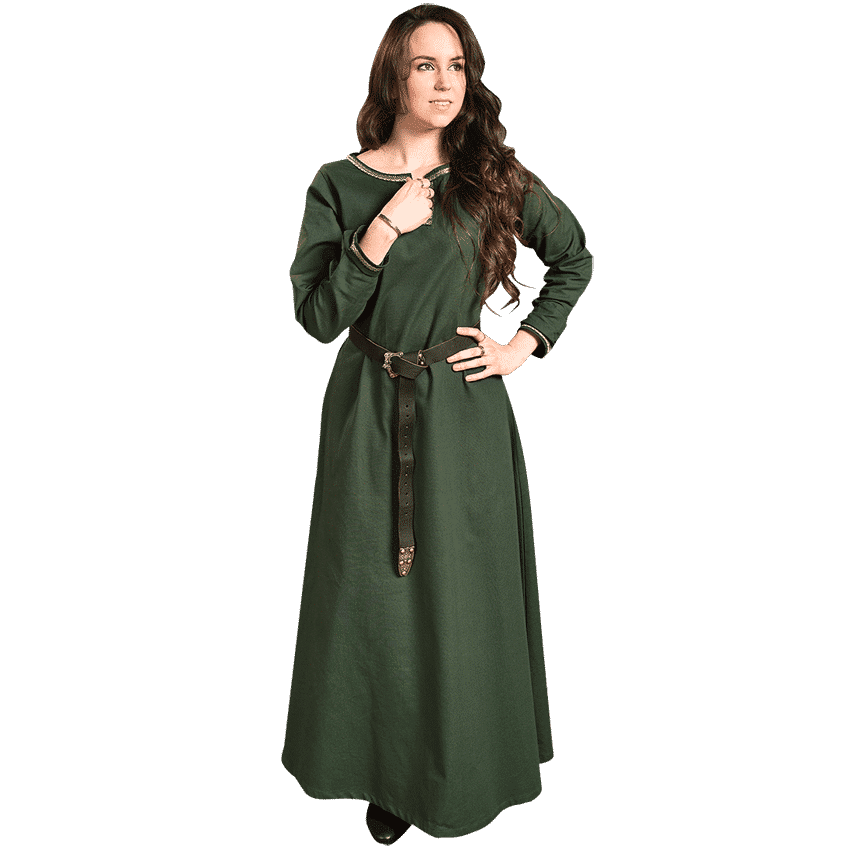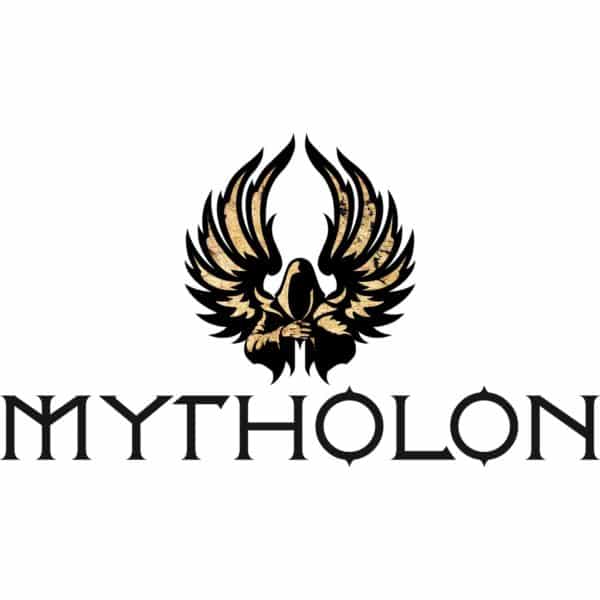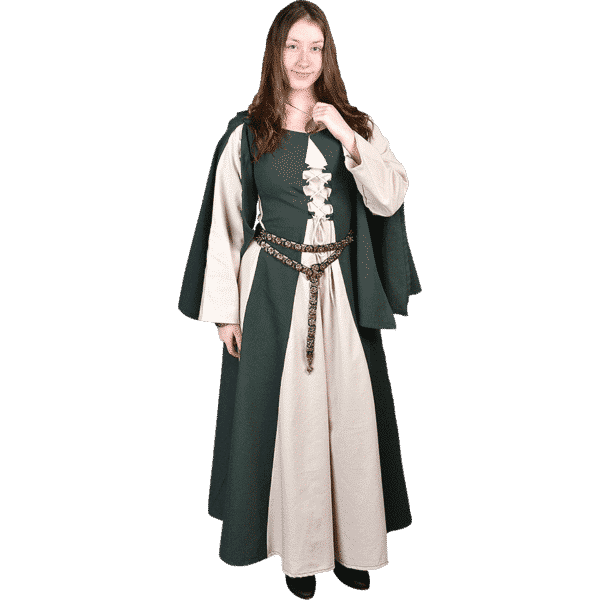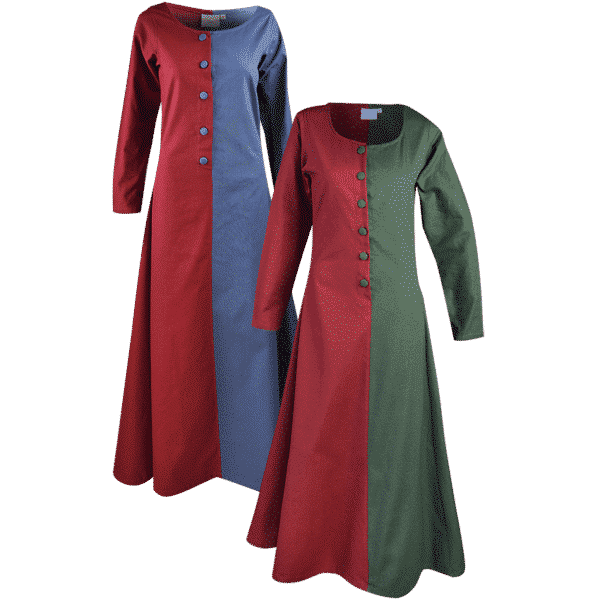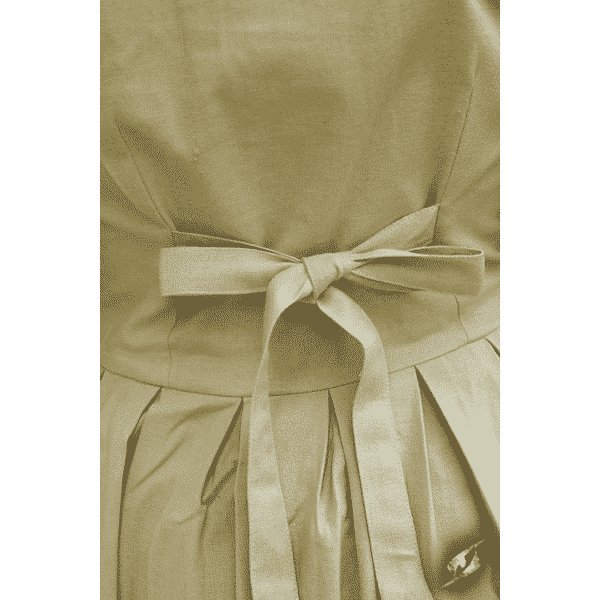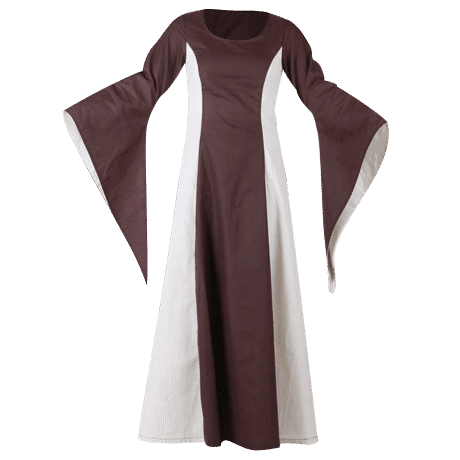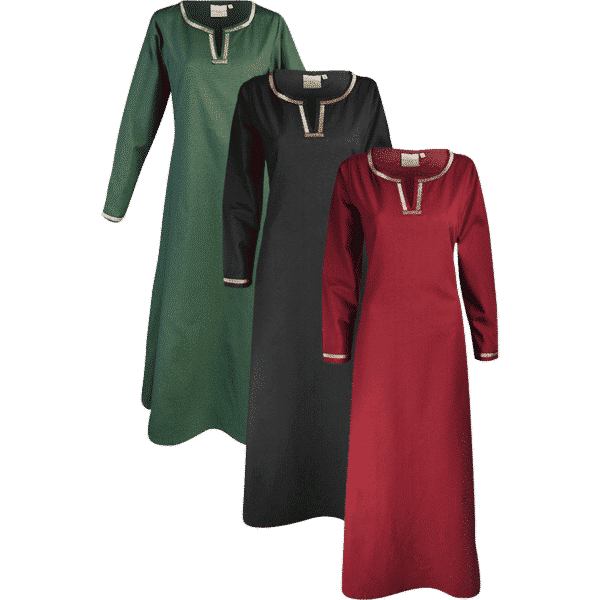A Vision of Fiammetta: The Medieval Cotton Dress
Fiammetta was a woman of noble birth who lived in 14th century Italy, amidst the dawn of the Renaissance. While the manufacturer named this specific model “Heloise”, we feel this dress would have fit Fiammetta perfectly, back in the day. Indeed, she was the inspiration for some of the most famous works of literature produced at the time. But we’ll get back to Fiammetta later, for now, let’s talk about one of the most recent things inspired by her, this medieval cotton dress.
As the name suggests, this dress is made from 100% cotton canvas, dyed either red, black, or green. Each variety also has a gold patterned ribbon at the cuffs and the neckline. Speaking of the neckline, we have a round neck with a V-shaped cut at the centre, sometimes known as a “split round neck”. The dress itself has a relatively simple, but slightly fitted structure that hints at the waist. The long sleeves also follow the shape of the arms closely.
To put a long story short, this is a versatile dress that would suit many characters, both historical and based in fantasy. We’re looking mostly at anything ranging from a successful merchant in the middle classes, to the everyday dress of a noblewoman or even a princess.
As always, any accessories will help to complete the look and really get your character nailed down. A belt would go especially well with this dress, for example. However, this dress does manage to hold its own and cuts a graceful silhouette.
The Little Flame: Fiammetta and Giovanni Boccaccio
So, we know that Fiammetta was of noble birth and was involved in some of the most famous Italian works of literature, but who was she?
For starters, her name wasn’t Fiammetta. That was a name given to her by a poet and writer called Giovanni Boccaccio, who penned some of the most influential works of this period. The name ‘Fiammetta’ means ‘little flame’, which aptly described both her appearance and potentially her personality.
Boccaccio’s work was such a cultural milestone that it has been credited as one of the influences for the work of Geoffrey Chaucer, one of the most famous figures in English Literature. He, along with Dante Alighieri (of the Divine Comedy) and Francesco Petrarca were considered the “Three Crowns” of Italian literature. If you were going to be the muse of anyone in 14th century Italy, these guys were the gold standard. Speaking of muses, let’s get back to Fiammetta.
Fiammetta’s real name was Maria d’Aquino, and she wasn’t just any noblewoman. Rather, she was the illegitimate daughter of Robert the Wise, the King of Naples. She was famous for two things, being the muse and unrequited love (this happened a lot with these poet types) of Boccaccio, and of being an accomplice in the murder of King Andrew. Oh yeah, this lady was involved in some shady business.
As was typical for late medieval muses, Maria was never actually involved with Boccaccio. Instead, he met her as a youth and fell in love with her, although she was both married and the daughter of the king, so probably out of his league.
At this point, Boccaccio was not actually a poet, but he didn’t forget his feelings for his muse. As an aside, his feelings for her were what is commonly described as ‘courtly love’. This meant that he loved her from afar, rather than actively pursuing her. In a way, he was more in love with the romantic ideal that she represented and let this inspire his works.
Oh, and she was his muse for a lot of his works. The list lovers out there are going to really like this:
- The Filocolo
- Teseida
- Il Filostrato
- Ninfale d’Ameto
- Amorosa visione
- Fiammetta (novel)
- Ninfale fiesolano
- The Decameron
- Sonnets (XLV, XCVII, CII, CXXVI)
That would be a combination of two novels, several novellas included in the Decameron, five epic poems, and four sonnets.
Her effect on Boccaccio, and therefore Italian literature as a whole, meant that Fiammetta has been the subject of artwork even centuries after her death. Now that’s a legacy.
It’s a shame about that whole conspiracy to commit regicide which ended up with her being beheaded though. Saying that, it took them nearly forty years after the murder to get around to it, so she was about seventy by then.
Tech Specs
The technical specifications for the medieval cotton dress inspired by Fiammetta are as follows:
- Material: 100% cotton canvas
- Colour: Black, bordeaux (dark red), or dark green
The sizes for this dress are:
- Small: 34 inch bust, 36 inch waist, 56 inch hips
- Medium: 39 inch bust, 44 inch waist, 58 inch hips
- Large: 43 inch bust, 50 inch waist, 66 inch hips
- X-Large: 45 inch bust, 52 inch waist, 68 inch hips
- XX-Large: 50 inch bust, 56 inch waist, 68 inch hips

 Historical Swords
Historical Swords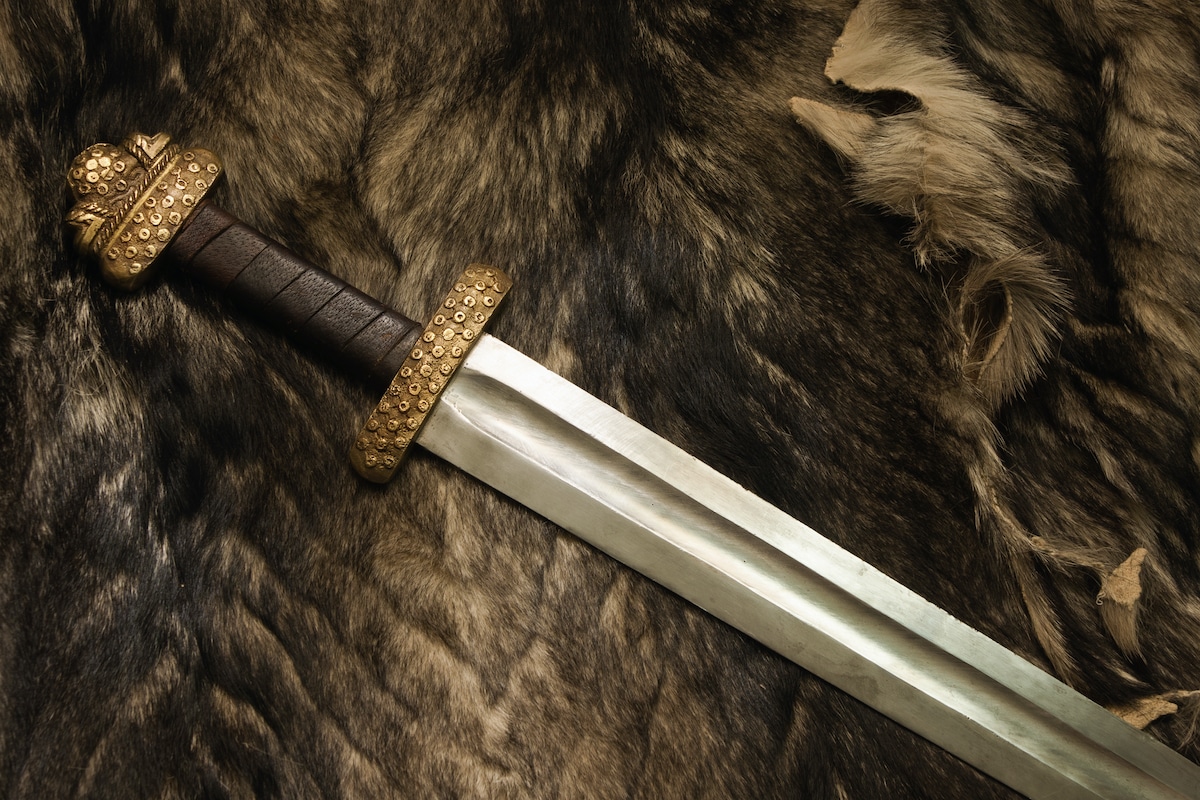 Norse & Viking Swords
Norse & Viking Swords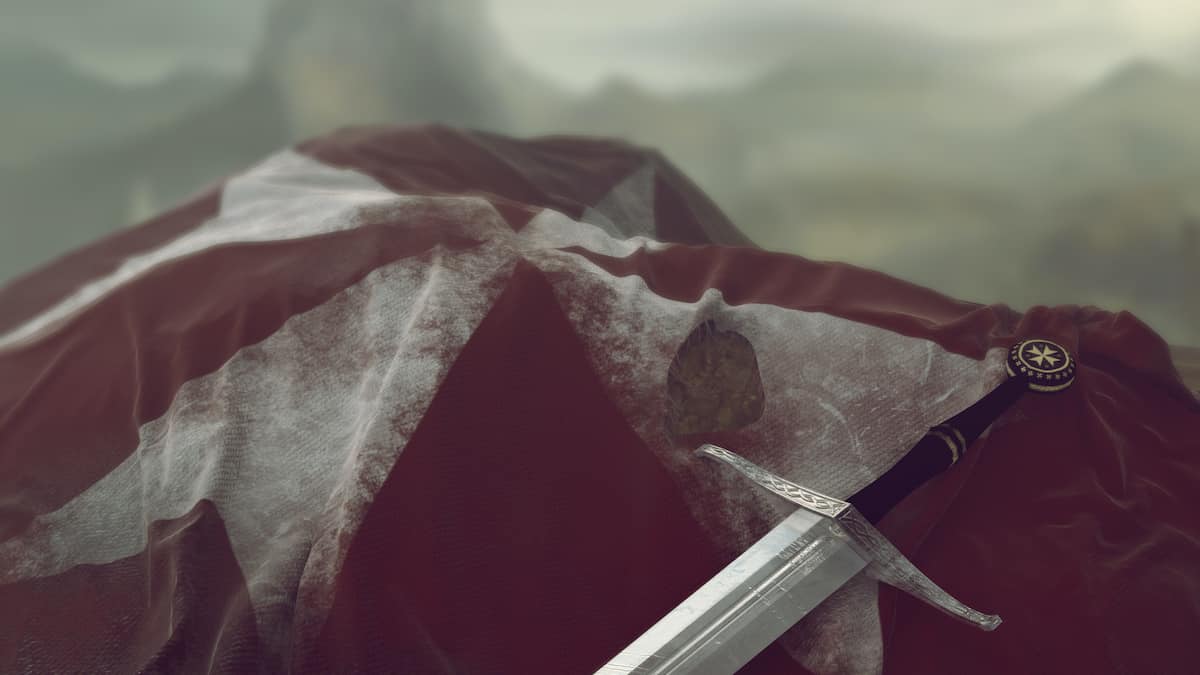 Templar Swords
Templar Swords Claymore Swords
Claymore Swords Fantasy Swords
Fantasy Swords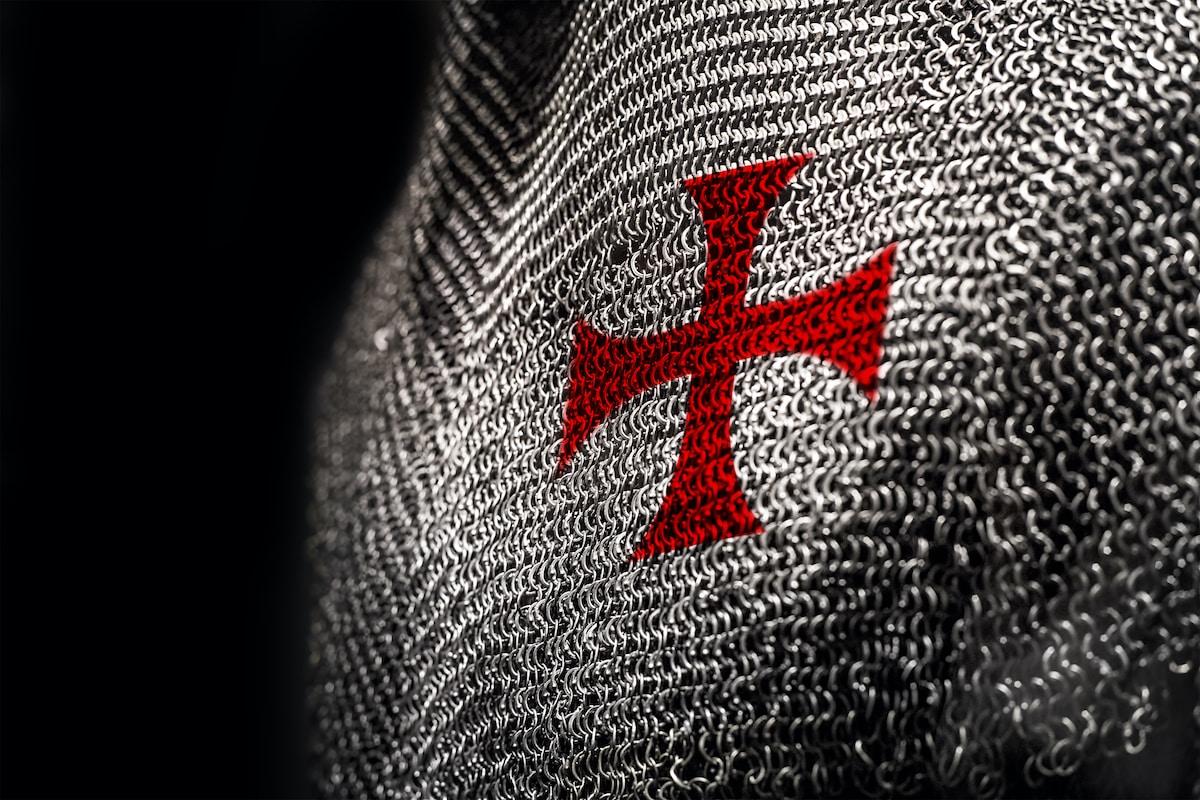 Chainmail
Chainmail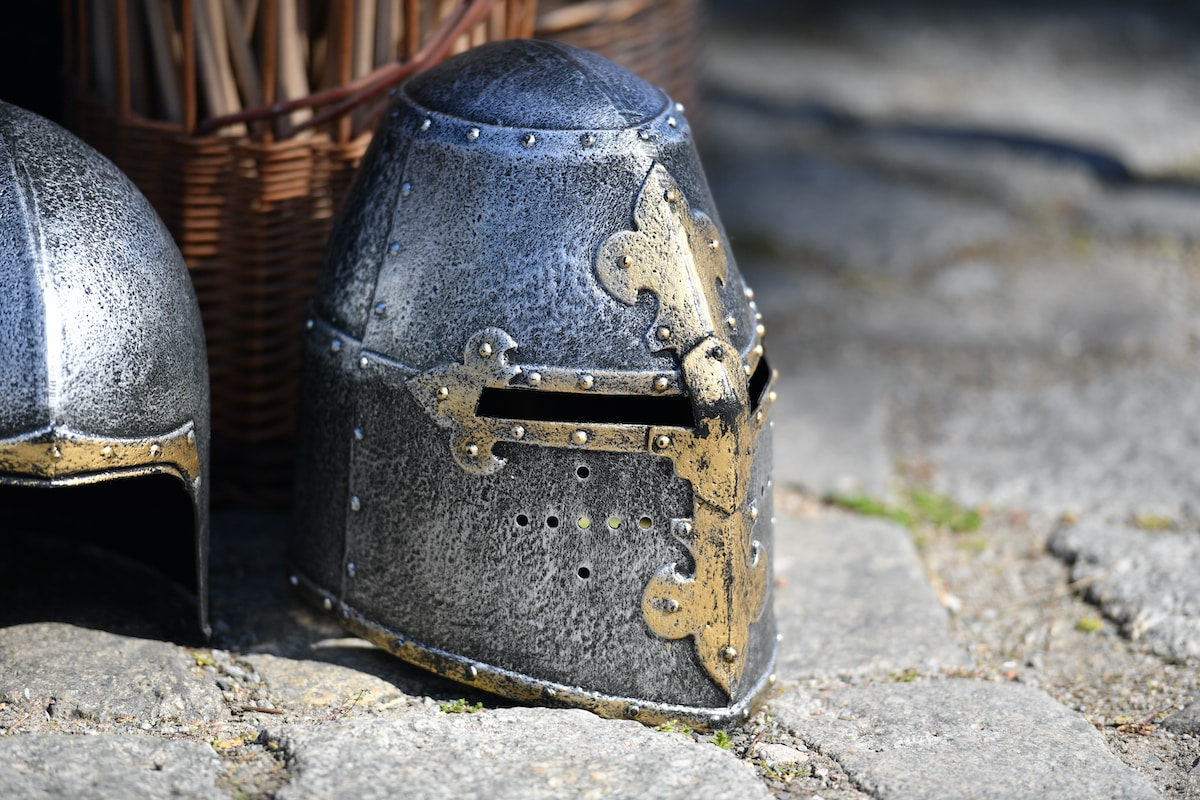 Helmets
Helmets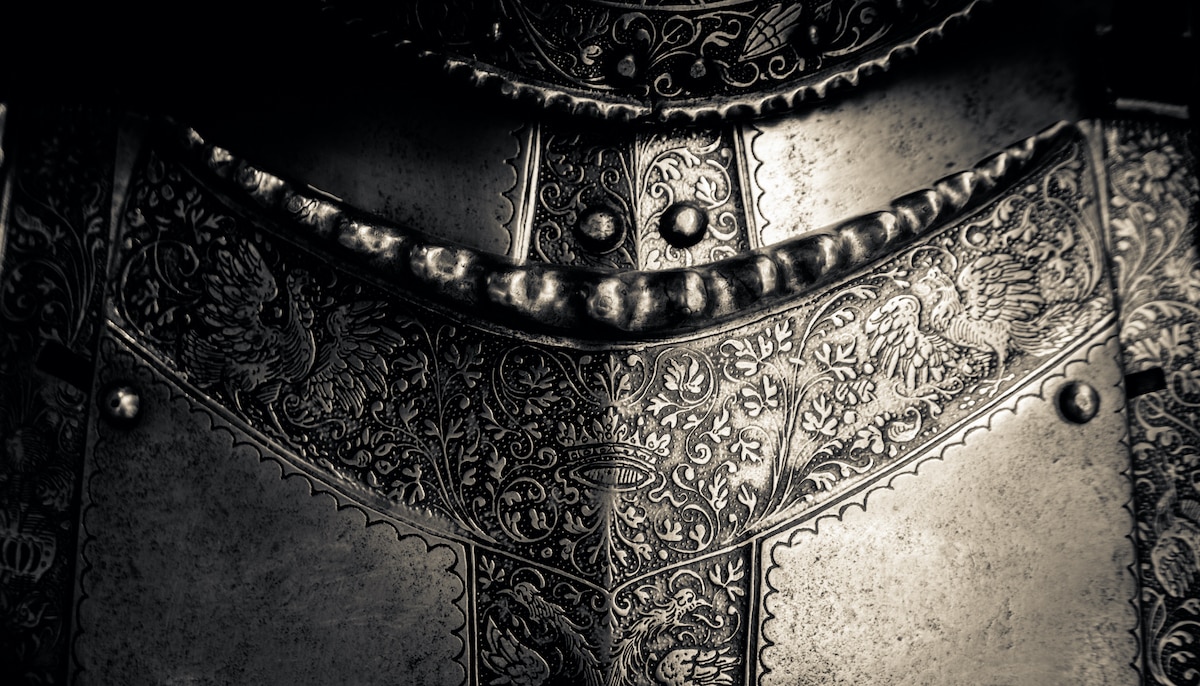 Torso Armor
Torso Armor Bracers and Arm Protection
Bracers and Arm Protection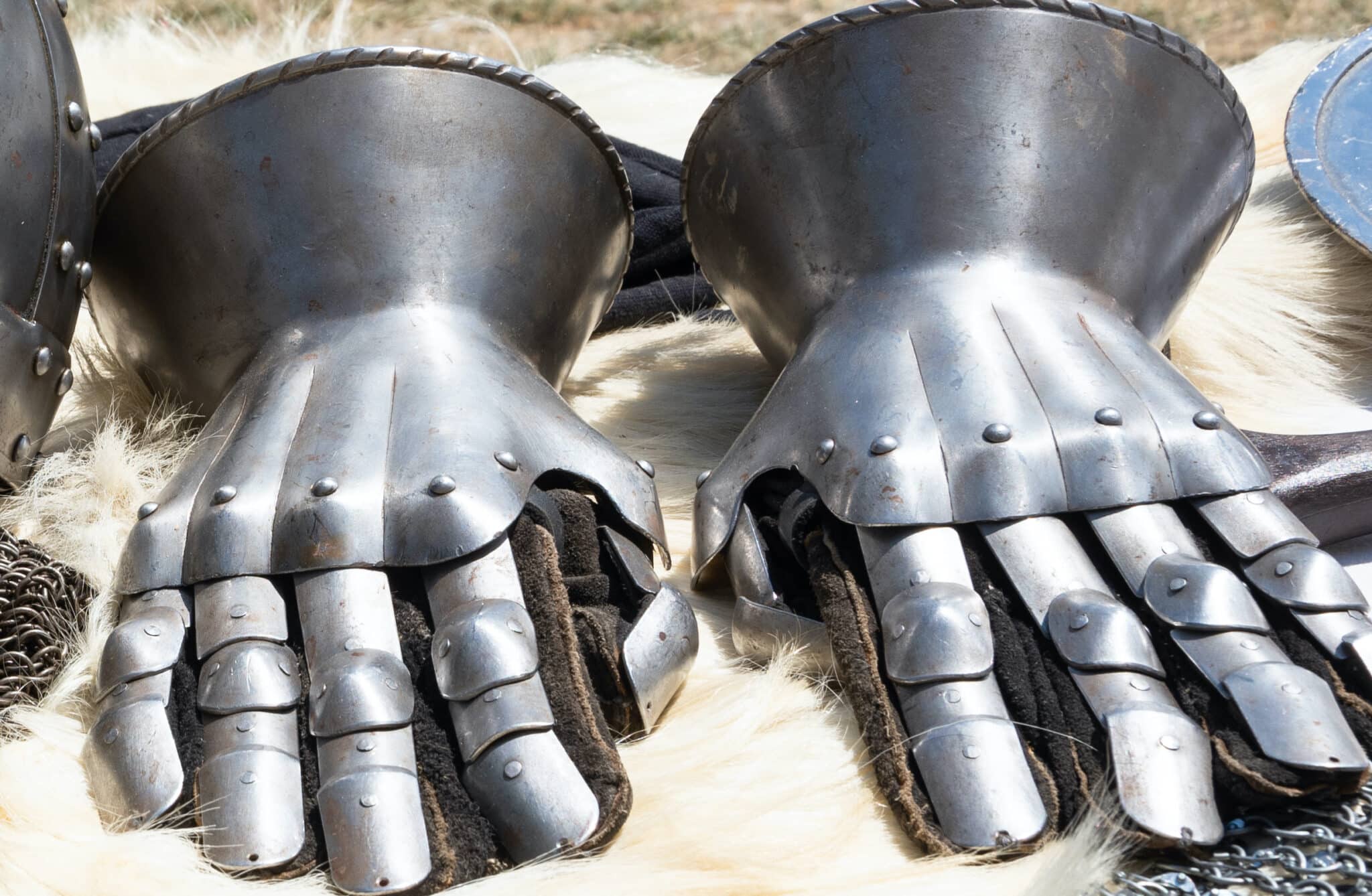 Gauntlets
Gauntlets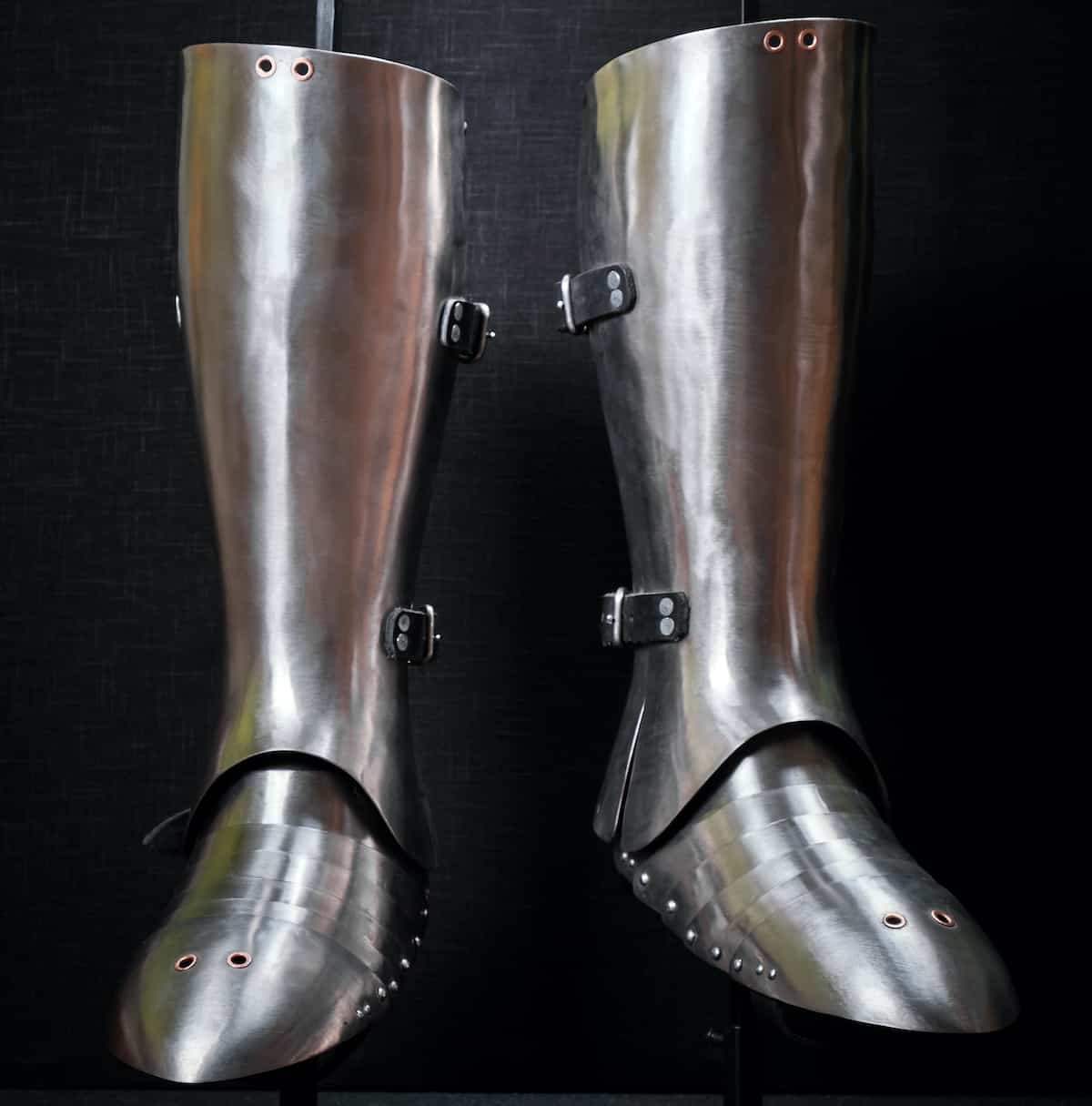 Leg Armor
Leg Armor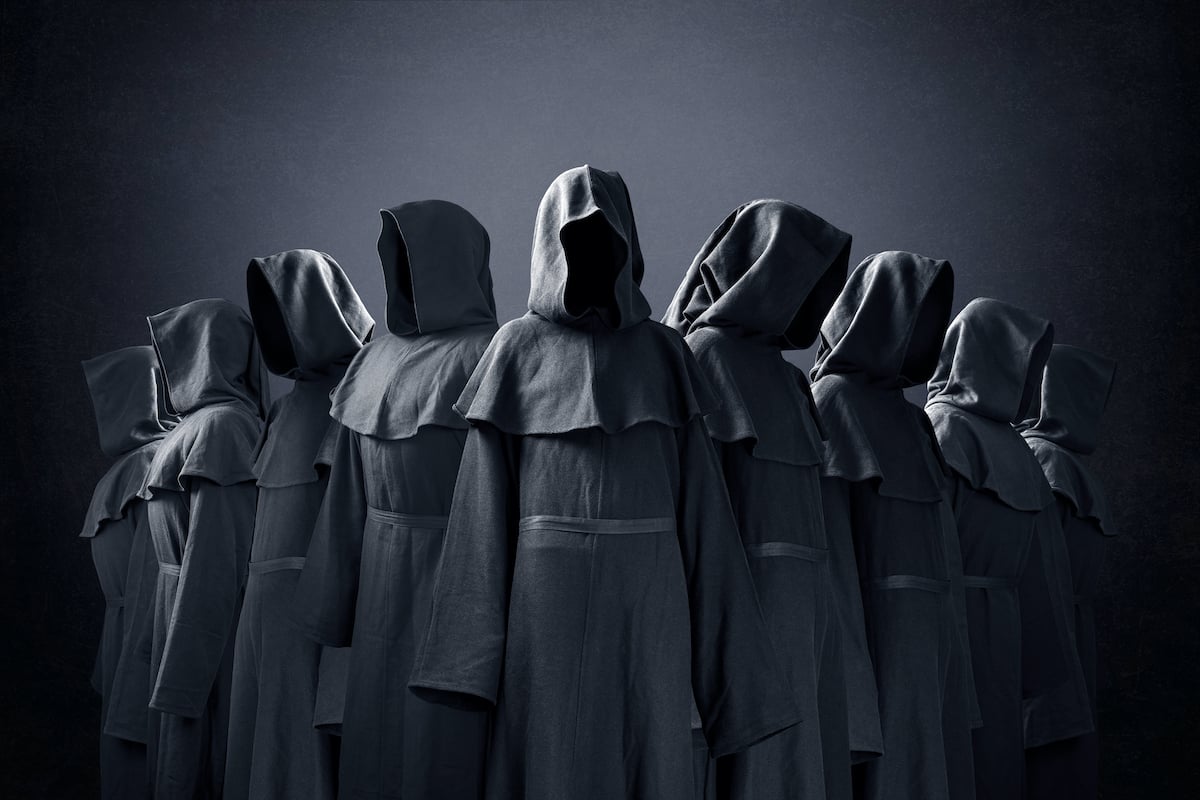 Cloaks
Cloaks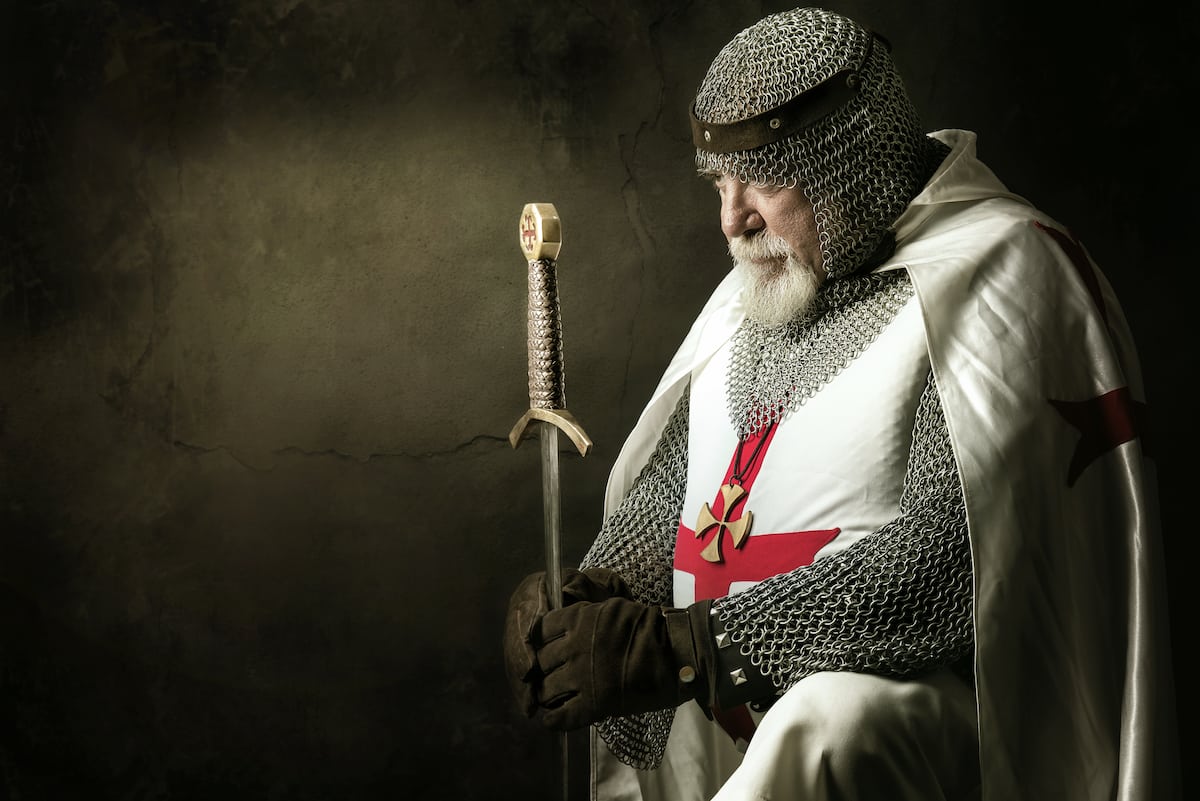 Tabards
Tabards Shirts
Shirts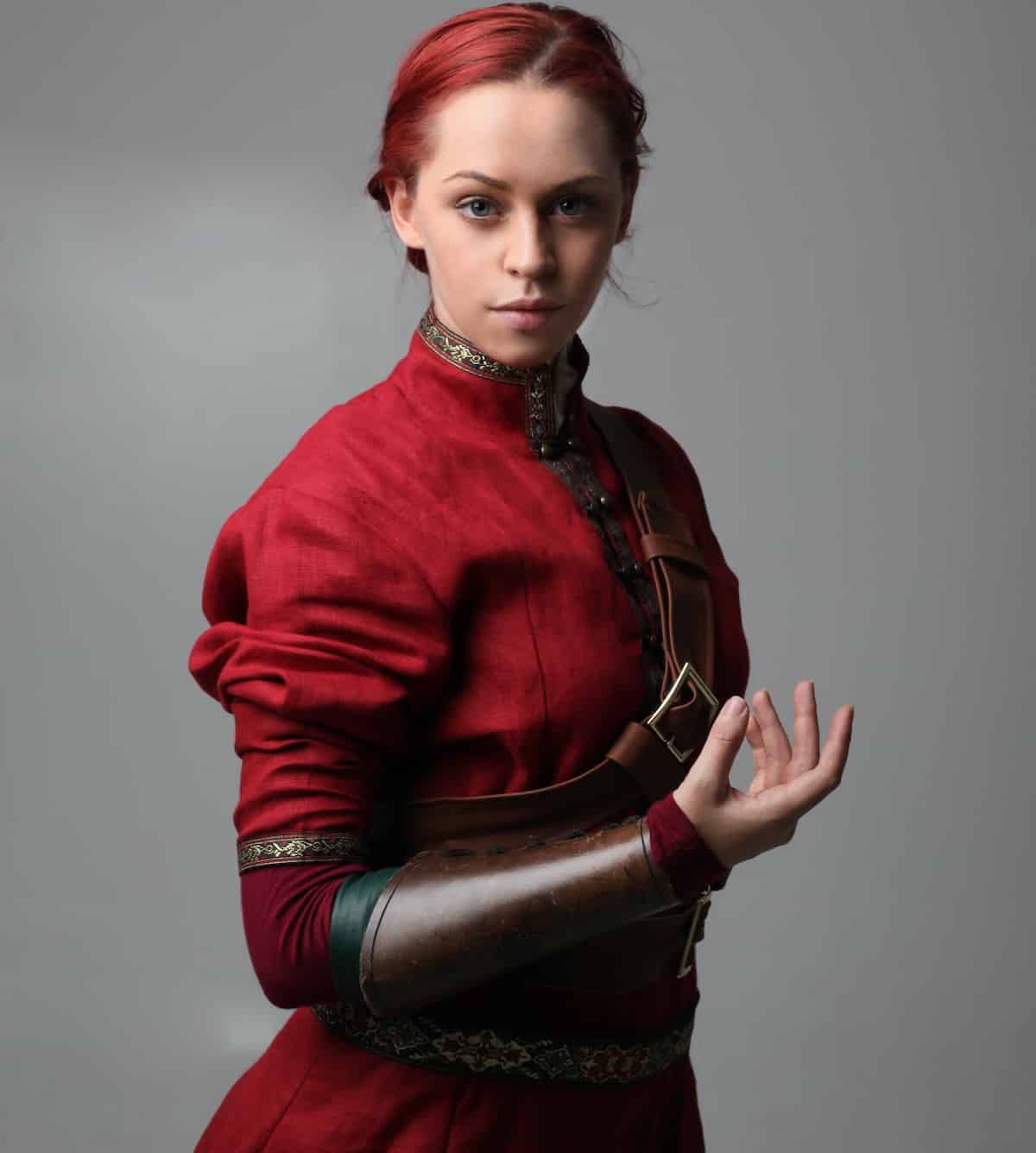 Tunics
Tunics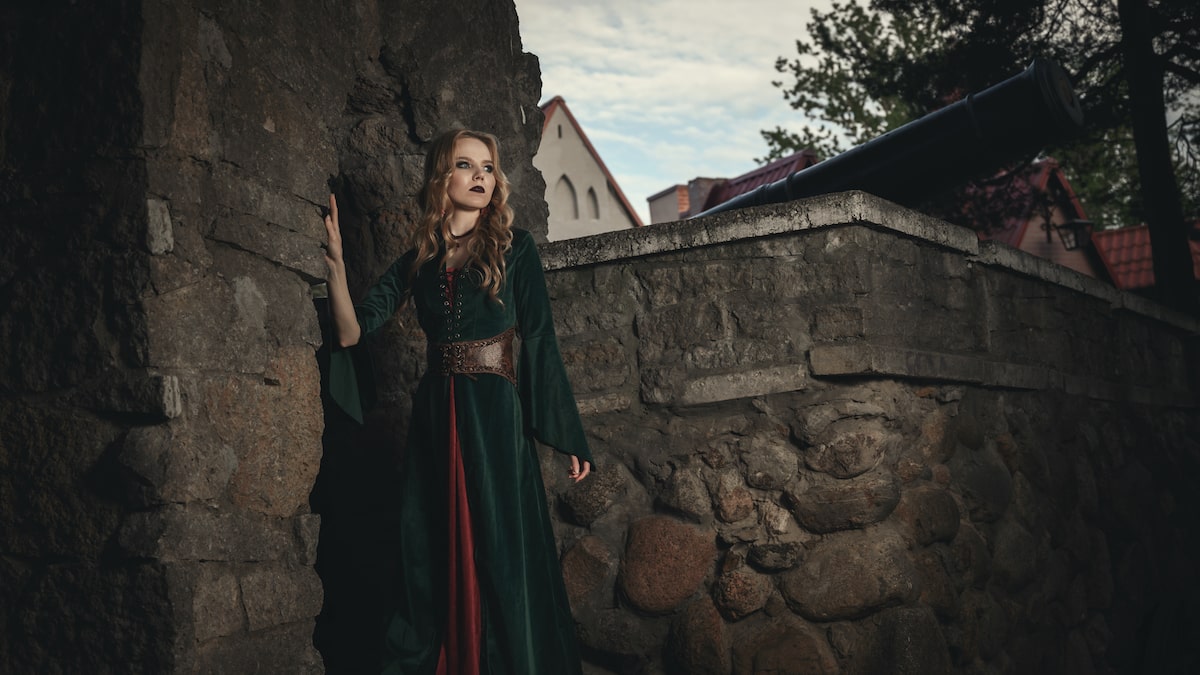 Dresses
Dresses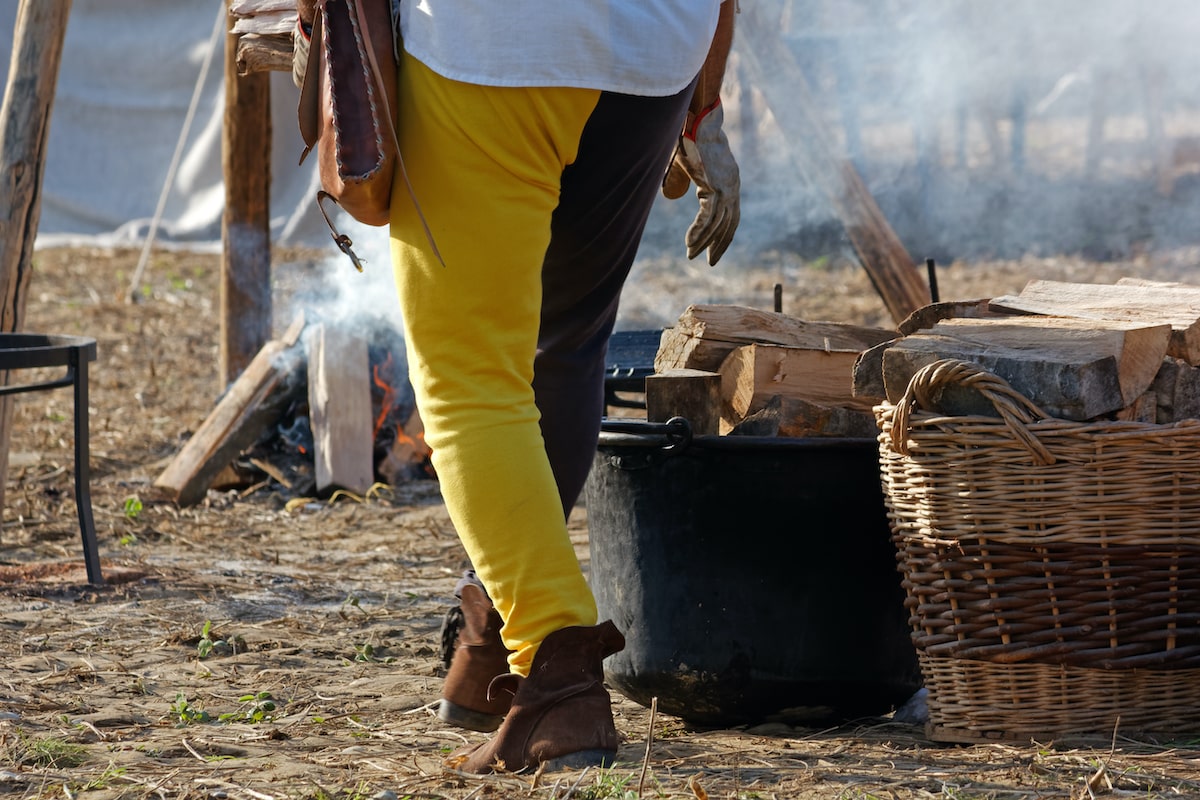 Pants
Pants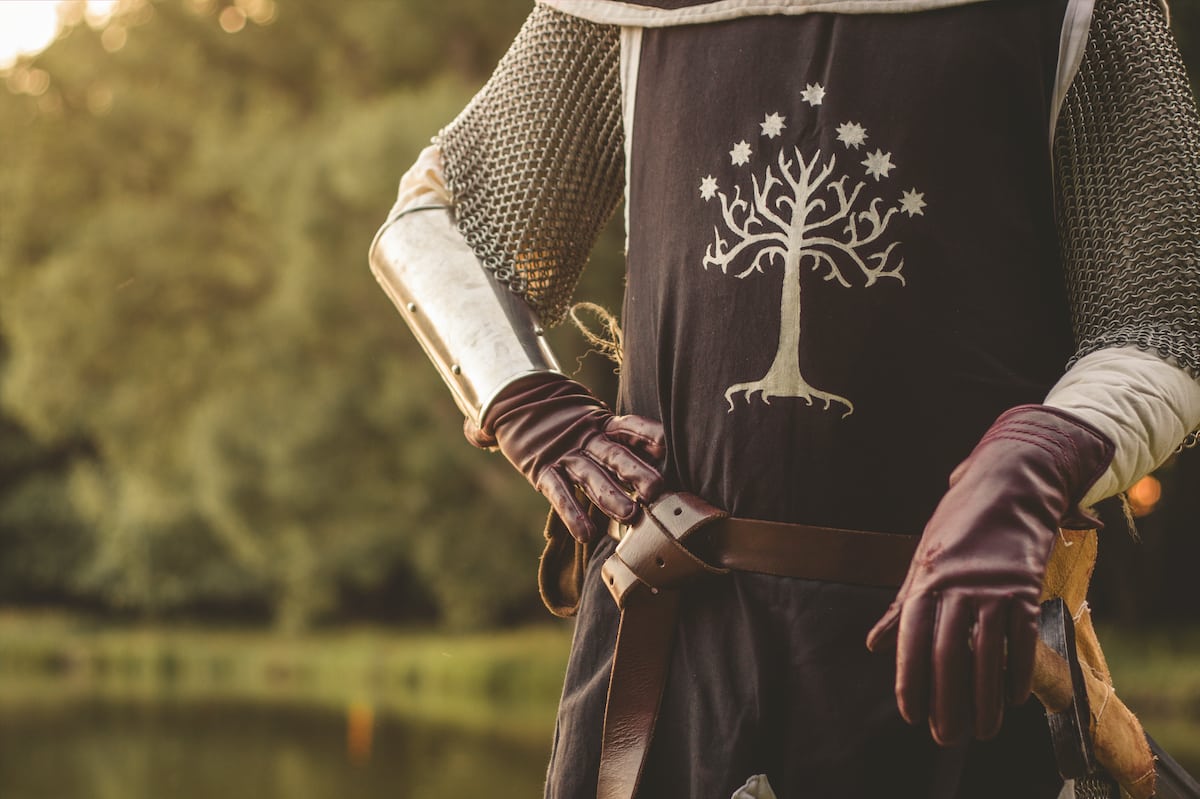 Gloves
Gloves Belts
Belts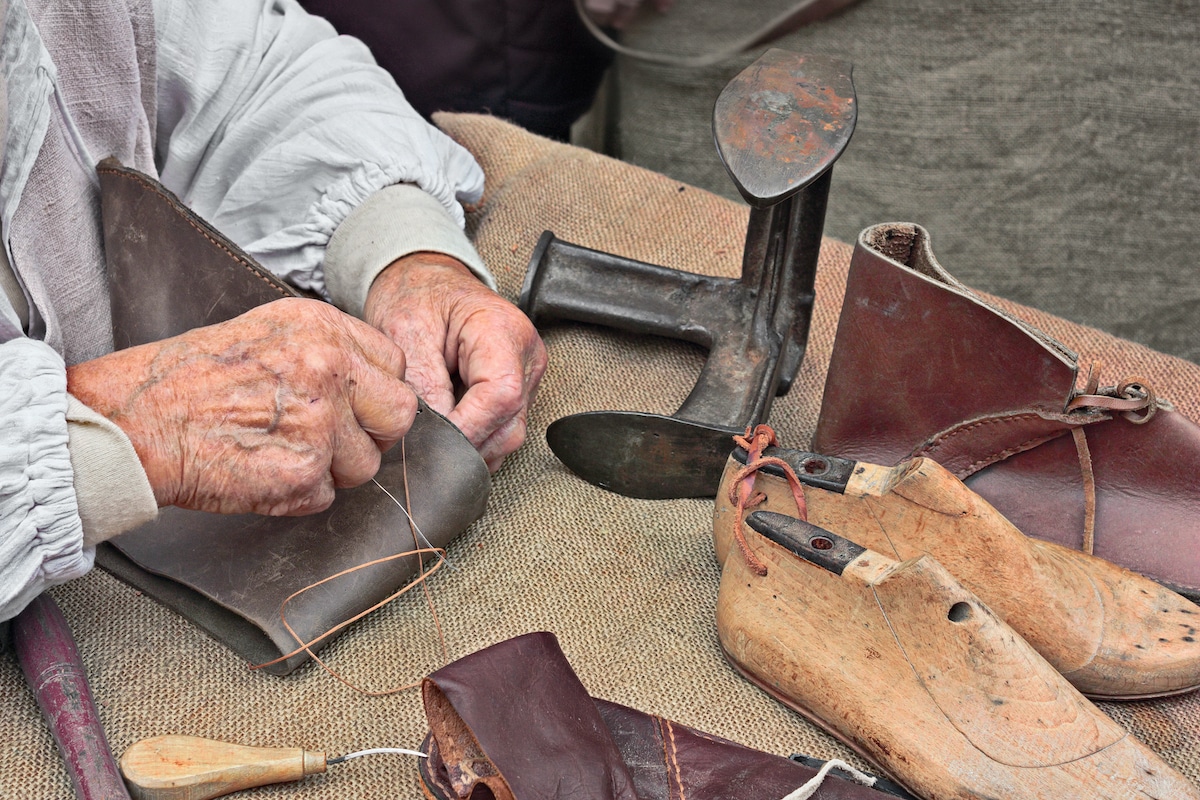 Shoes
Shoes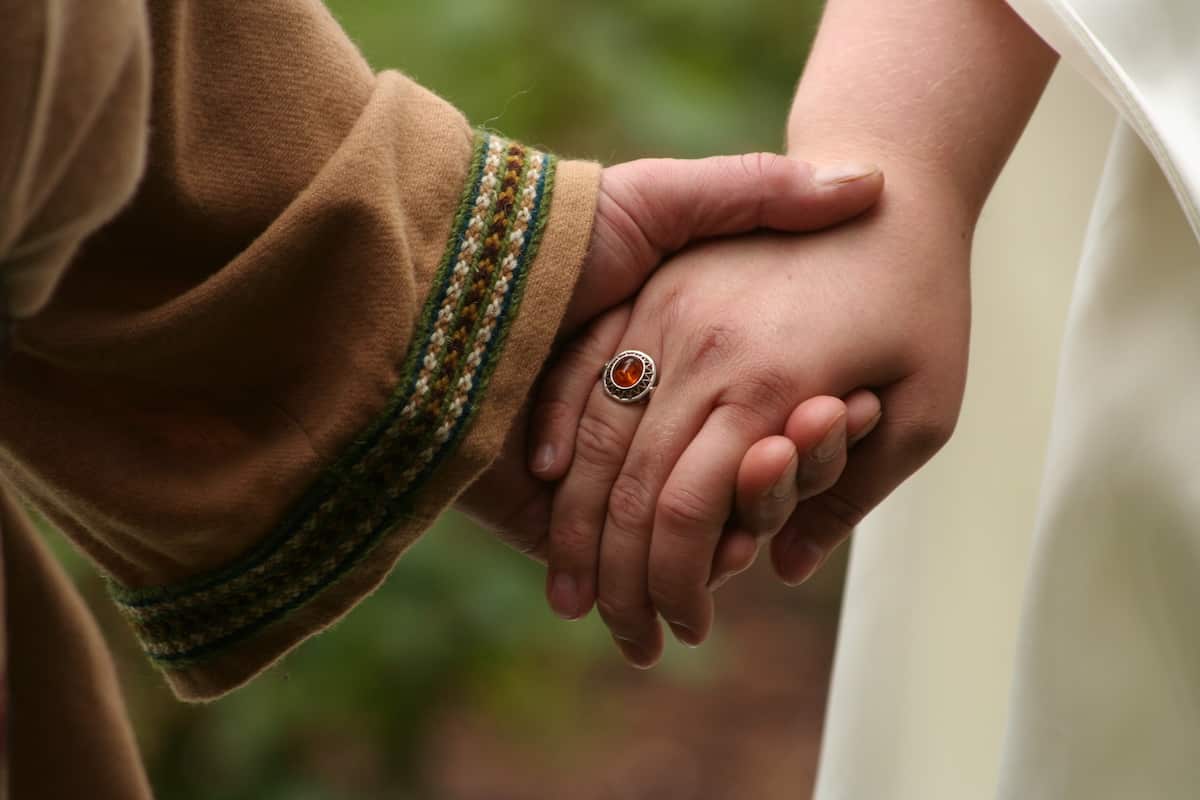 Rings
Rings Necklaces & Pendants
Necklaces & Pendants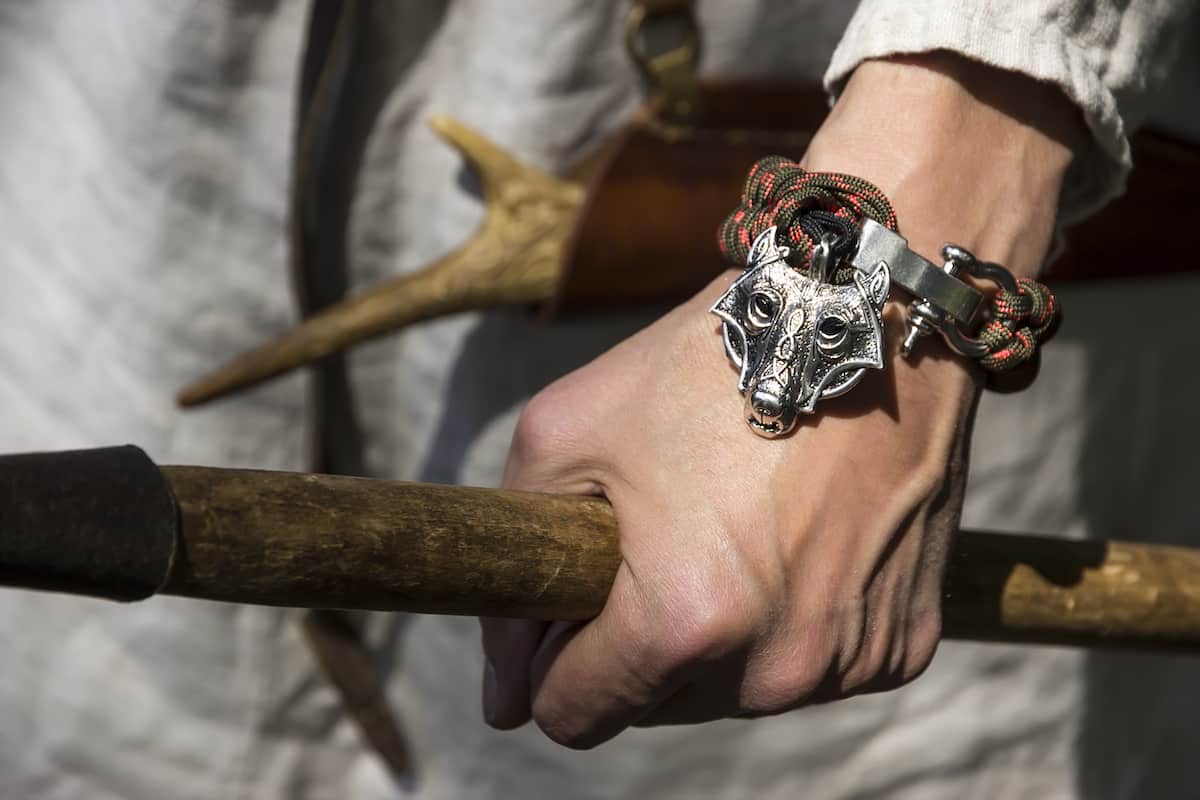 Bracelets
Bracelets